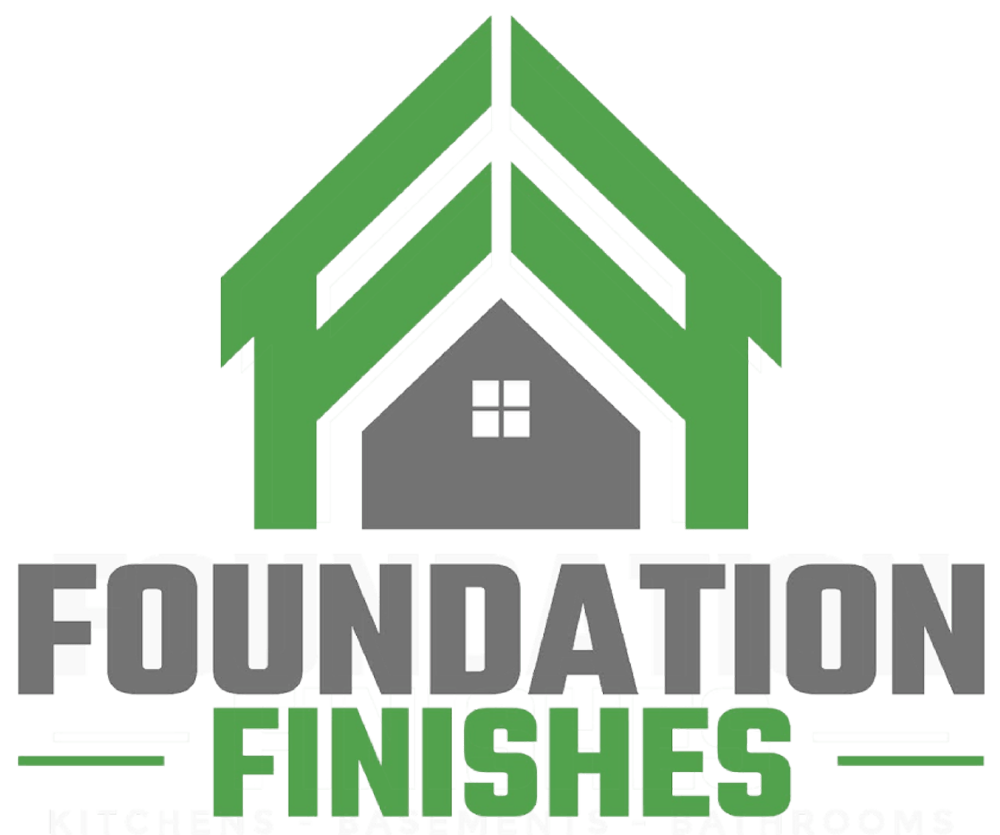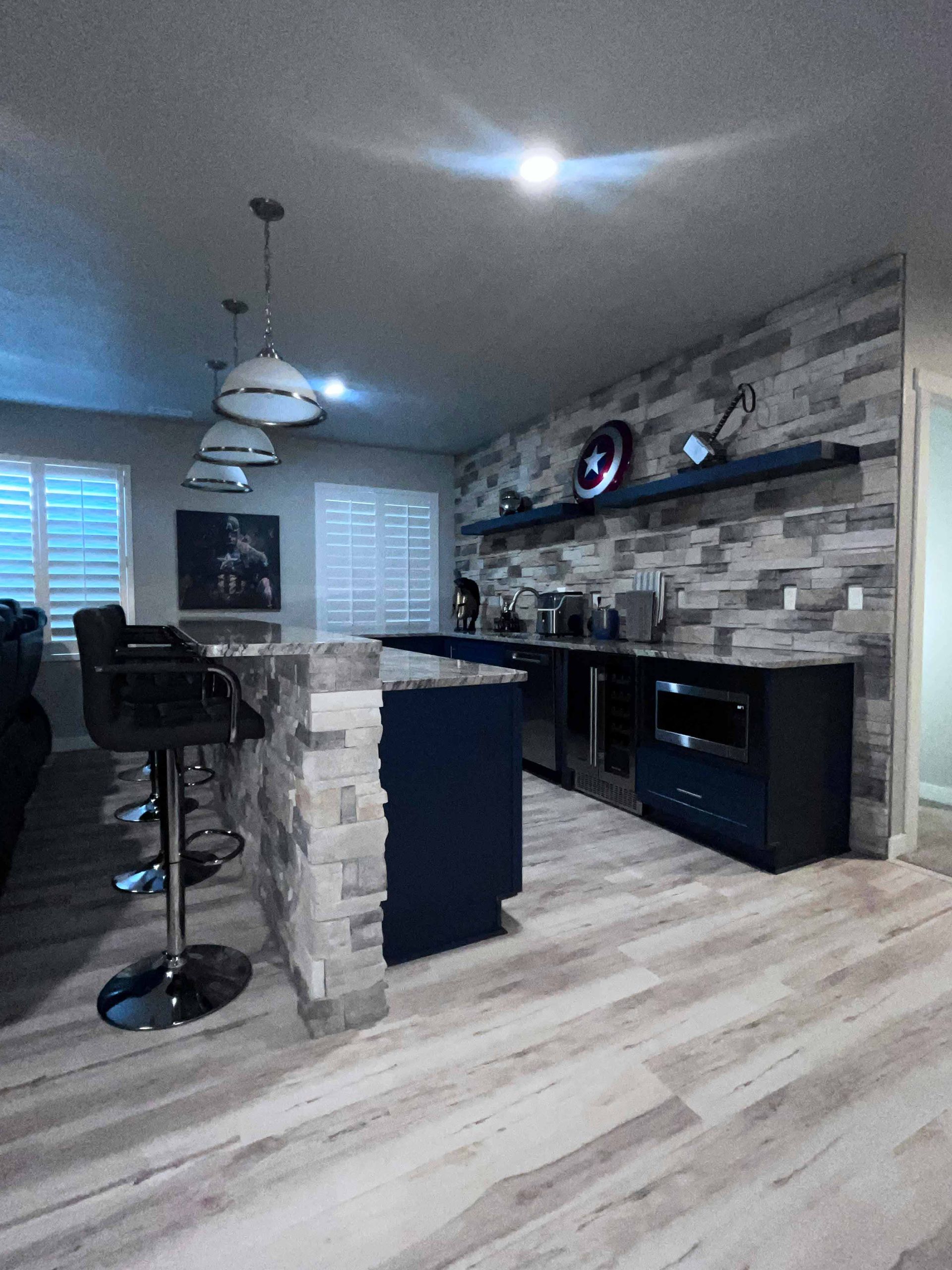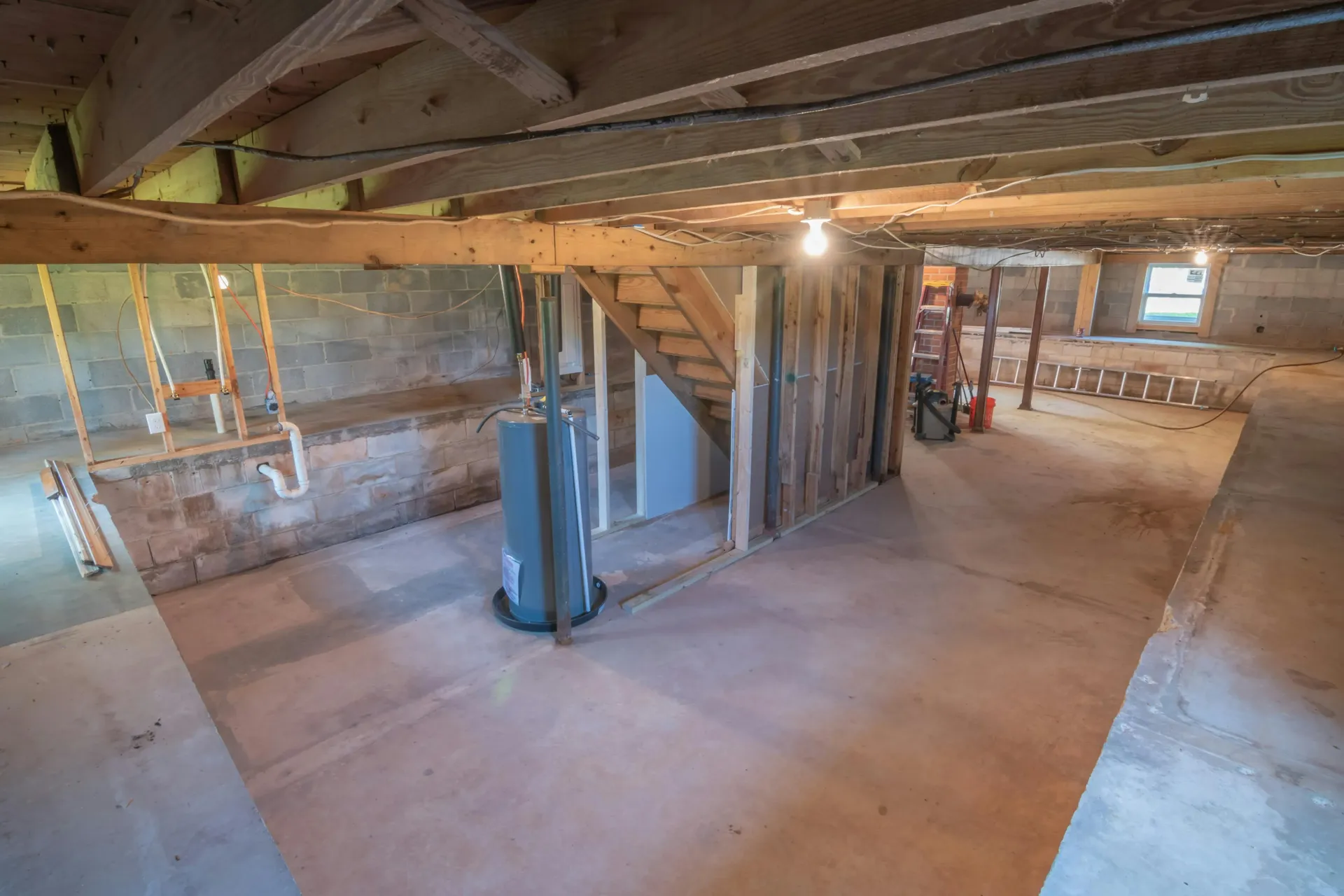Why Basement Insulation Matters for Utah Homes
Introduction
Many Utah homeowners focus on visible upgrades during a basement remodel—new flooring, lighting, or drywall. But one of the most important elements of a finished basement happens behind the walls: insulation.
Basement insulation isn't just about temperature. It's about comfort, energy efficiency, moisture protection, and long-term value. In Utah’s climate—where temperatures swing drastically between summer and winter—proper insulation is critical for keeping basements livable year-round.
This guide will explain why basement insulation matters specifically in Utah homes, what types work best, and what to consider before installing or upgrading yours.
Why Basement Insulation Is Essential in Utah
Basement insulation plays a much bigger role than just trapping heat. Here's why it's a must-have in Utah homes:
Climate Control
Utah winters are cold, and basements sit below ground, making them especially prone to low temperatures. Without insulation, your furnace has to work overtime to keep the space comfortable.
Insulation helps:
- Maintain stable indoor temperatures
- Reduce heating and cooling demands
- Improve the comfort of adjacent rooms above the basement
Energy Efficiency
A poorly insulated basement allows heat to escape in the winter and lets hot air creep in during the summer. This translates to higher utility bills and wasted energy.
By insulating basement walls and rim joists, you can:
- Reduce heat loss through the foundation
- Improve the performance of HVAC systems
- Lower monthly energy costs
Moisture Management
Utah homes—especially those in Salt Lake County—deal with varying soil moisture levels depending on snowmelt, rainfall, and irrigation. Without a vapor barrier or moisture-resistant insulation, basements can become damp, leading to:
- Mold and mildew growth
- Wood rot or drywall damage
- A musty, uncomfortable environment
Proper insulation combined with vapor barriers reduces this risk significantly.
Soundproofing and Comfort
Insulation also makes your basement quieter by dampening sound from upstairs and reducing echo within the space. This is especially useful if you're converting the basement into:
- A home theater
- Guest room or rental unit
- Home office or recording studio
Resale Value
An insulated basement is more appealing to buyers. It signals energy efficiency and thoughtful construction—two things that can increase appraisal value and selling potential.
How to Insulate a Basement in Utah: Key Considerations
Utah’s specific climate and soil conditions require a tailored approach. Here's what to keep in mind when insulating your basement:
Step 1: Understand Your Basement Type
Not all basements are alike. Your insulation strategy depends on your basement’s condition and construction.
- Unfinished Basements: These benefit from continuous rigid foam board along foundation walls
- Partially Finished Basements: May need added insulation in key exposed areas like rim joists
- Fully Finished Basements: Should already have insulation behind the walls—but may require upgrades if installed improperly or with outdated materials
Step 2: Choose the Right Insulation Material
There’s no one-size-fits-all solution. Below are the best types of basement insulation for Utah homes:
Rigid Foam Board (EPS or XPS)
- Excellent thermal resistance (high R-value)
- Moisture-resistant
- Ideal for foundation walls and behind drywall
Spray Foam Insulation
- Expands into gaps and cracks
- Offers both insulation and air sealing
- Great for rim joists and irregular areas
Mineral Wool (Rockwool)
- Naturally mold-resistant and fire-retardant
- Good soundproofing qualities
- Ideal in combination with other moisture barriers
Fiberglass (With Vapor Barrier)
- Widely used and budget-friendly
- Must be paired with vapor control in basement settings
- Not recommended alone in high-moisture zones
Step 3: Include Air and Vapor Barriers
Insulation is only part of the equation. Vapor barriers (or vapor-retarding membranes) are essential in basements to prevent condensation inside the wall cavity.
In Utah’s dry climate, you still need protection during high-humidity seasons or in areas where groundwater collects near the foundation.
Install barriers between insulation and drywall, and seal all gaps in framing to keep air and moisture out.
Step 4: Don’t Forget the Rim Joists
The rim joist—the area where your floor joists meet the basement wall—is a notorious weak point for air leakage and heat loss. It’s often overlooked but crucial for energy efficiency.
Use closed-cell spray foam or cut-and-fit rigid foam with caulked edges to seal this area properly.
Insulation and Code Requirements in Utah
Before insulating, always check with local building codes in your area. In Salt Lake County:
- Basement bedrooms must meet specific insulation and egress requirements
- R-values vary by climate zone (Zone 5 or 6 in Utah)
- Permits may be required if modifying framing or structural elements
- Insulation over concrete must include fire-rated barriers (usually drywall)
Professional contractors like Foundation Finishes handle code compliance as part of the renovation process—avoiding future issues with inspections or resale.
Conclusion
Insulating your basement might not be the most exciting part of a remodel, but it’s one of the most important. In Utah homes, it affects temperature, energy use, moisture protection, air quality, and comfort. When done right, basement insulation transforms a cold, damp lower level into a warm and welcoming living space.
If you're planning a basement renovation in Salt Lake County, don’t skip this step. Foundation Finishes can help you choose the right insulation strategy based on your home’s structure, budget, and goals—and install it to last.
Contact us today to schedule a consultation and get expert guidance for a more efficient, more comfortable basement.


